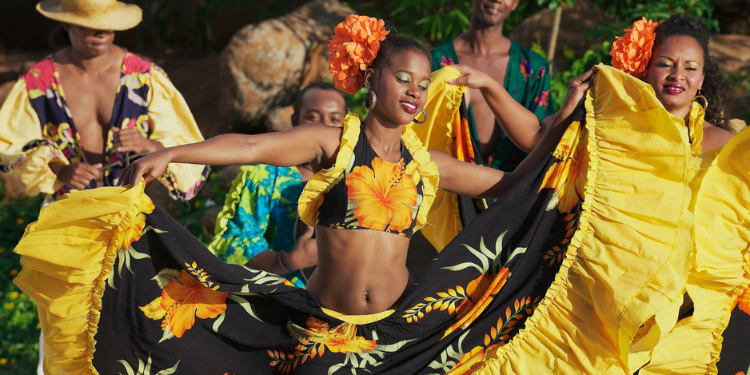
The recent passing of Serge Lebrasse has left a significant void in the local music industry. Nevertheless, his music legacy lives on, and the Mauritian Sega continues to be a crucial part of the local identity, reflecting the island's history and traditions.
Sega: A genre rooted in Mauritius' history and culture
Originating from the sugar plantations in the 18th century, the Sega is a prominent music genre in Mauritius, deeply rooted in the history and culture of the island. It started as a form of protest, enabling slaves to celebrate their culture and heritage despite the suffering and oppression they experienced.
As time passed, the Sega evolved and incorporated new musical elements and cultural influences. In the 1960s and 1970s, a new generation of Sega musicians emerged, incorporating modern instruments and elements of rock, jazz, and funk into their music.
The evolution of sega
Over the following decades, sega continued to evolve, incorporating elements of reggae, zouk, soul, and other popular music genres. As a result, Serge Lebrasse and many other artists became iconic figures in the Mauritian music scene, recording popular songs that are still enjoyed today. Lebrasse is considered one of the pillars of Mauritian music, contributing significantly to the development of Mauritian Sega and leaving a lasting musical legacy for future generations.
Legendary Mauritian sega artists
Aside from Serge Lebrasse, several other artists have made a significant contribution to the musical landscape of the island and helped to shape the Sega genre, making it famous worldwide.
Ti-Frère
Ti Frère, one of the founding fathers of Mauritian Sega, sang his first song, Tamassa, in 1925. Despite societal rejection of the genre, Ti Frère's popularity grew, and he was crowned King of Sega in 1964. He introduced Serge Lebrasse to Sega while working as a lumberjack. Today, Ti Frère's songs are considered classics, and his music remains an eternal testimony to Mauritian history and culture.
Michel Legris
Michel Legris became famous in the 1970s after winning the Sugar Time contest with his song "Mo Capitaine". His long musical career saw him perform on international stages, and his songs such as "Dalma Dalma," "La Rivière Otriv," and "La saison marée noire" contributed to his fame. In 2007, he received recognition from the Mauritian State for his contribution to the musical field. He passed away in 2015 at the age of 83.
FanFan
FanFan, known as the best ravanier of the island in the 70s, was an artist who mastered the Creole language in his songs. He worked alongside Ti Frère and Serge Lebrasse and made an impression on the local scene with his committed segas, such as "400 canons/300 revolvers," or "Mamzel kontan riyé." Fanfan incorporated morals into his lyrics, contributing to the development of the Sega and remaining a part of the local heritage.
Mauritian Sega has its roots in the island's history and culture and has evolved over the years, becoming a crucial part of the local identity. Legends such as Ti Frère, Michel Legris, and FanFan have played a significant role in shaping the genre and making it famous worldwide. The music legacy of Serge Lebrasse and other artists lives on, and their contributions continue to be celebrated by the Mauritian people.



















